Over the past decade, the $74 billion robotics sector has gained new capabilities thanks to significant advances in AI, especially in neural networks—systems that mimic the human brain. The world’s biggest tech companies, such as Google, OpenAI and Tesla, are racing to create AI “brains” that can autonomously control robotics in science, manufacturing and healthcare.
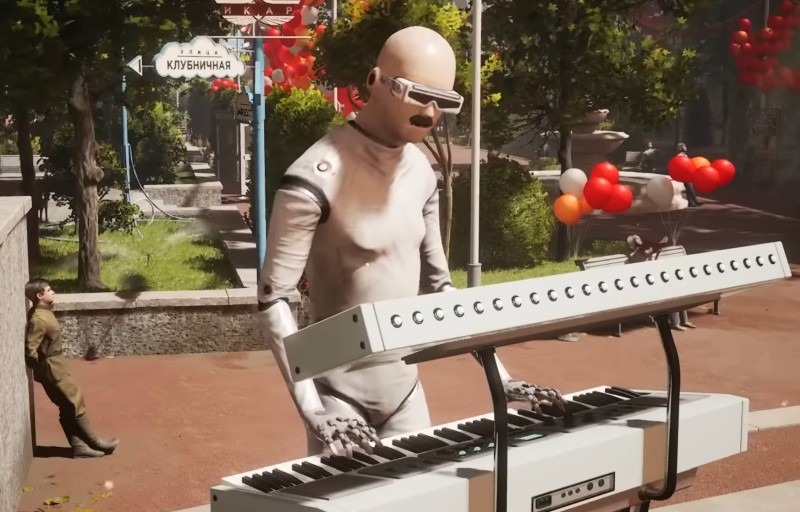
Image source: Atomic Heart
Over the past three years, robots have gone from being able to climb stairs to jumping between boxes, doing backflips and performing other parkour tricks.
What is especially important is that the robots were not programmed to perform these actions; they learned and adapted using new artificial intelligence models. Improved computer vision and spatial reasoning capabilities have allowed robots to gain greater autonomy when navigating environments ranging from construction sites to oil rigs to city roads.
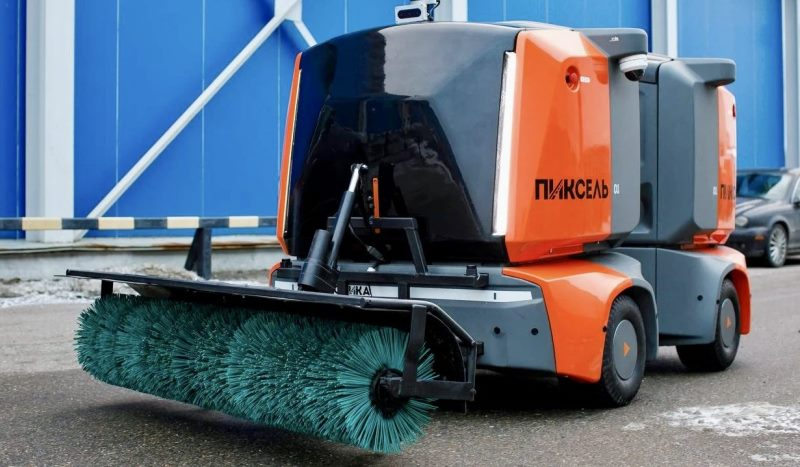
Image source: avtonomika.msk.ru
Previously, to train and program robots, engineers needed to strictly define an algorithm of actions specific to each system or environment. The advent of deep learning models has allowed machines to become much more adaptive, respond to changing environments in the real world, and learn on their own.
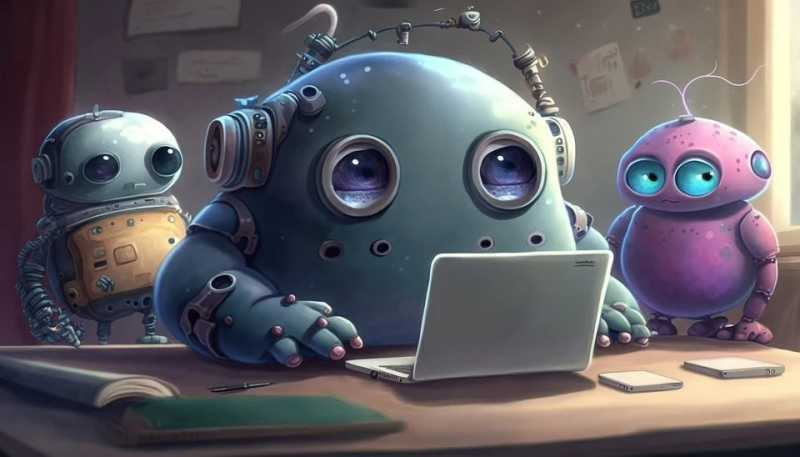
Image source: Pixabay
Generative AI has given robots the ability to better understand the world around them and communicate more easily with people. This technology allows you to instruct computers using text or voice prompts without any programming skills. Most advances in AI will primarily be implemented in industrial robots, although large technology companies have also begun to focus on humanoid robots for home and social purposes.
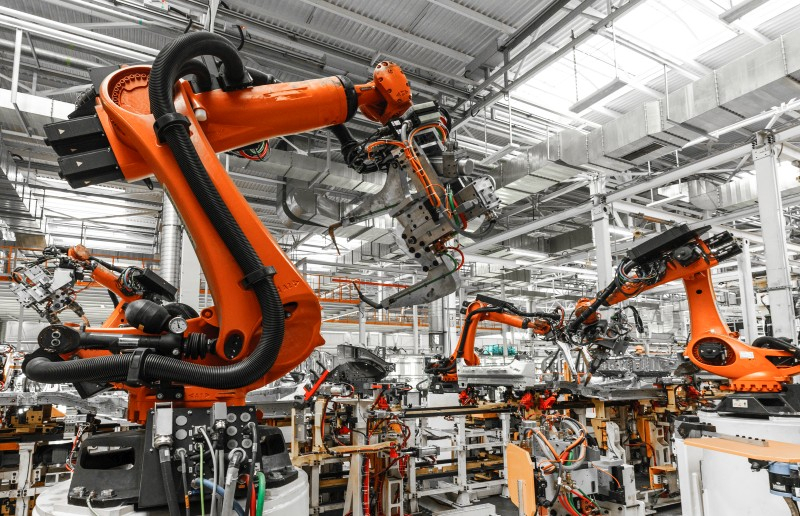
Image source: Freepik
A recent McKinsey analysis estimated the global market for humanoid robots at just over $1 billion, a small portion of the overall robotics market. However, this market is growing at more than 20 percent per year and three times faster than the market for conventional industrial robots. Robotics and drone deal volume has reached $6.5 billion this year (552 contracts), which looks set to surpass the $9.7 billion raised in all of 2023 across 1,256 contracts.
Google’s DeepMind lab recently talked about using large language models to teach humanoid robots to understand and navigate their environment.
The company World Labs, founded by the “godmother of AI” Fei-Fei Li, is working in this direction; its capitalization reached $1 billion in just four months. OpenAI last month reconstituted the robotics research group it disbanded in 2020.
Humanoid robot development startup Figure, whose capitalization reached $2.6 billion, raised $675 million from investors such as OpenAI, Microsoft, Amazon and Nvidia in February alone.
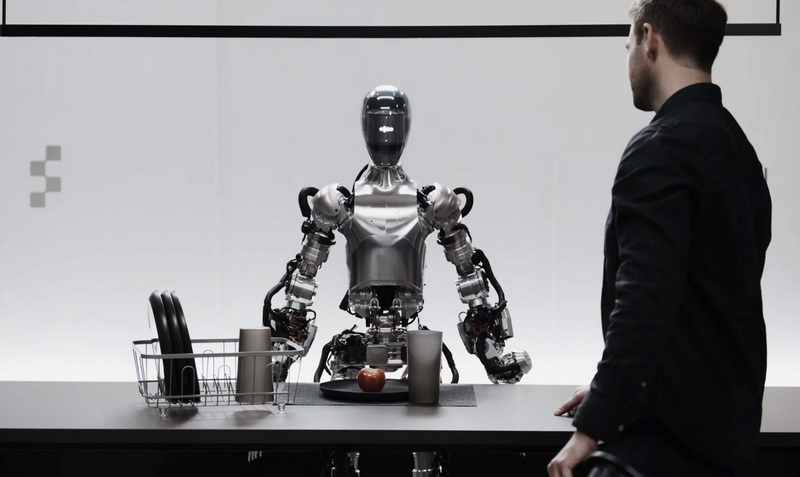
Image Source: Figure
Norwegian company 1X Robotics has received an investment of more than $100 million to create robots for everyday household tasks.
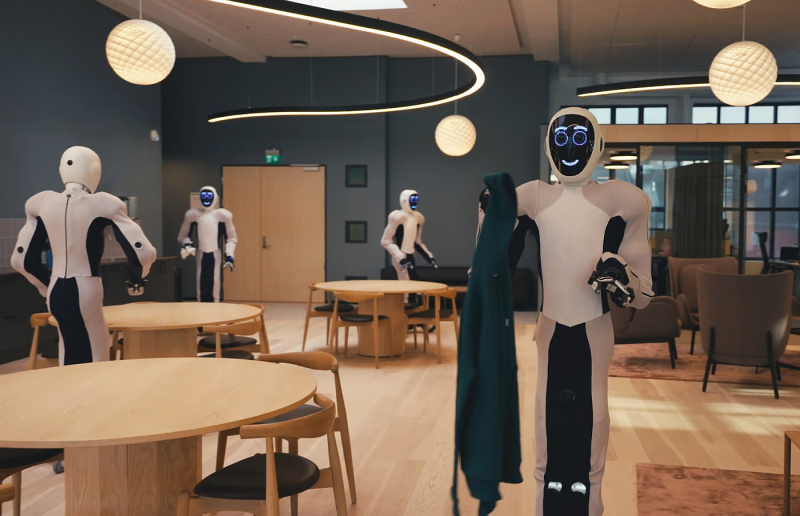
Image Source: 1X
Tesla plans to produce and use Optimus humanoid robots as soon as next year, and then begin selling them to end consumers.
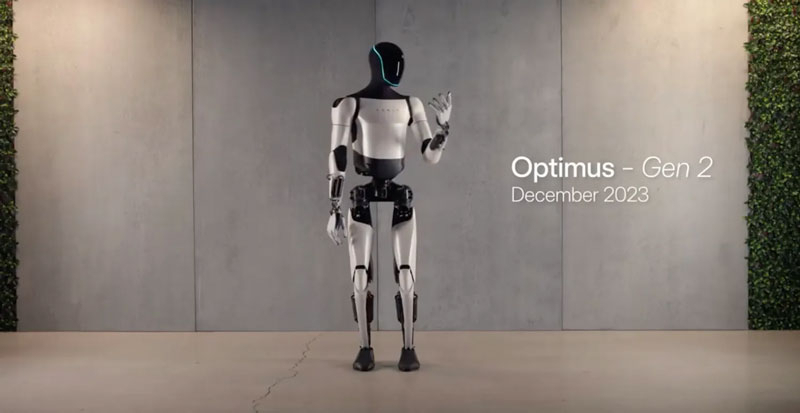
Image Source: Tesla
However, overall investment in the sector remains lower than in 2021’s record year. Perhaps the fact is that the technology for producing humanoid human assistants is still insufficiently developed, too expensive and inaccessible to a wide range of consumers. For example, the Chinese Unitree Robotics sells its humanoid robot for $16,000.
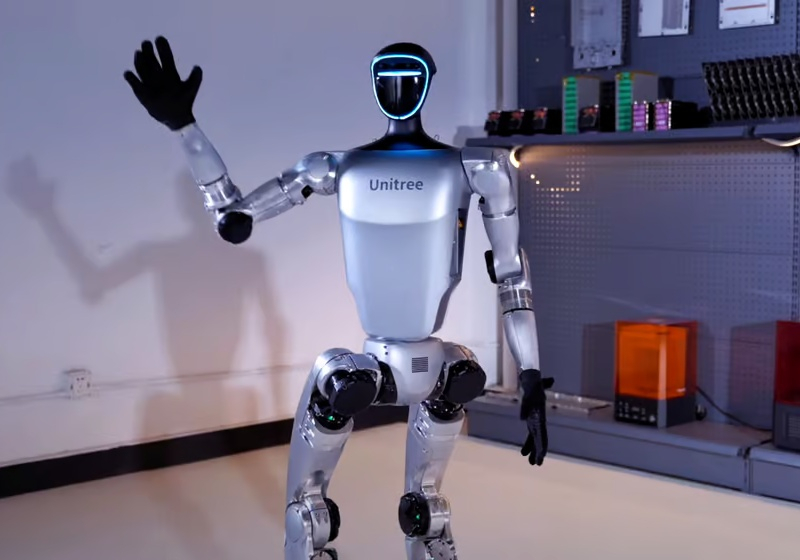
Image source: Unitree
Mass adoption of AI tools by consumers has had an indirect impact on attitudes towards robotics, allowing the use of robots in public places. Shoppers have been very accepting of Boston Dynamics’ Spot robot dog, which stores have used to assess inventory. Ahti Heinla, co-founder of Skype and CEO of bot delivery startup Starship Technologies, uses small robots in more than 100 cities and towns in Europe and the UK and notes that people “see robots as ordinary participants in public space and accept them as something natural.”
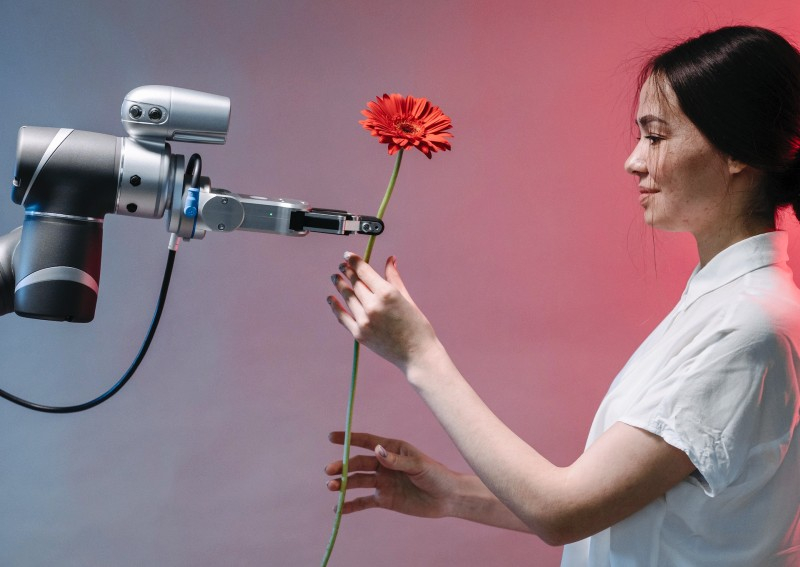
Image source: pexels.com
There are other points of view on the use of AI robots. San Francisco-based Tetsuwan Scientific recently received $2.5 million in funding to create a generative AI robotic scientist that can conduct research and physics experiments. CEO Cristian Ponce is convinced that robots can replicate experiments with greater precision than humans, freeing scientists for creativity and discovery.
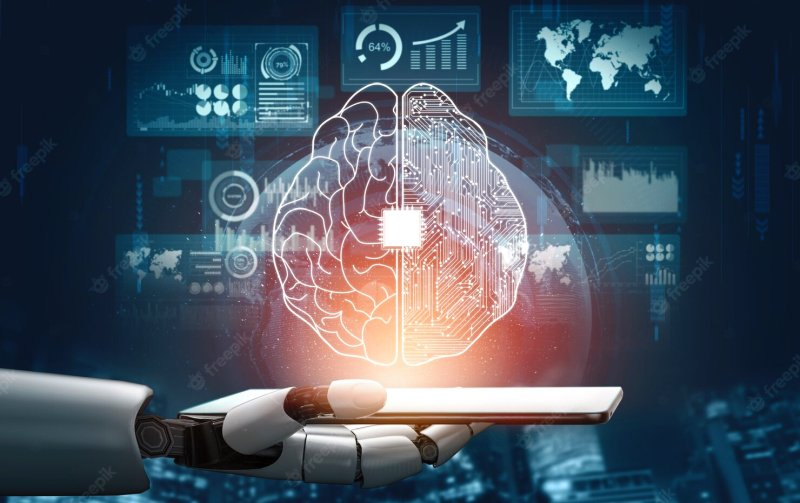
Image source: Freepik
«Generative AI [has] been applied to stupid things that don’t matter, like back office or accounting software, but applying generative AI to scientific discovery is the most powerful thing we could do,” Ponce said.